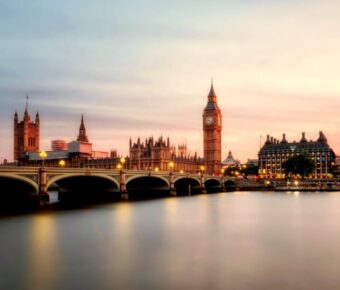
Cologne vs Leipzig: Battle of Historic Cities Reveals Germany’s Hidden Cultural Gems
The historic RheinEnergieStadion in Cologne sets the stage for an exciting Bundesliga clash between two teams with very different fortunes. RB Leipzig dominated their recent match against FC Cologne with a decisive 5-1 victory, showcasing their attacking prowess and tactical superiority.
The match started with both teams showing promise, as Leipzig‘s Xavi found the net early before Cologne’s Adamyan equalized. The atmosphere in the stadium was electric, with passionate supporters from both sides creating a memorable experience for soccer tourists visiting Germany’s fourth-largest city.
This fixture represents more than just a game – it’s a clash between Cologne’s rich traditional heritage and Leipzig’s modern approach to German football. Visitors to either city can experience this contrast firsthand, with Cologne’s medieval cathedral and brewing culture standing in stark contrast to Leipzig’s contemporary arts scene and dynamic urban development.
Table of Contents
- Club History and Background
- 1. FC Köln: Tradition and Success
- RB Leipzig: A Modern Football Tale
- Team Profiles and Strategies
- Cologne’s Squad Depth and Play Style
- Leipzig’s Tactical Approach and Key Players
- Historical Head to Head and Recent Clashes
- Key Matchups and Rivalry
- Statistical Overview and Match Outcomes
- Current Season Analysis
- League Standings and Ambitions
- Player Performances and Impact
- Strategic Shifts and Adjustments
- Fans and Local Support
- Cologne’s Fan Culture and Traditions
- Leipzig and the Challenge of Growing a Fanbase
- Media Coverage and Broadcasting
- Television Rights and Match Streaming
- Press Reporting and Coverage Analysis
- Economic Impact and Sponsorship
- Club Revenues and Financial Health
- Sponsorship Deals and Partner Relations
- Stadiums and Training Facilities
- 1. FC Köln’s Home Ground Advantages
- RB Leipzig’s Modern Sports Complex
- Frequently Asked Questions
- What historic attractions should one explore when visiting Cologne and Leipzig?
- Can you highlight the culinary differences travelers might find between Cologne and Leipzig?
- What are the best times of year to attend sporting events in Cologne and Leipzig?
- Could you guide on the public transportation nuances when getting around in Cologne versus Leipzig?
- In terms of local festivals and cultural events, how do Cologne and Leipzig compare?
- What hidden gems in urban green spaces do Cologne and Leipzig offer to nature enthusiasts?
- Book Your Dream Experience
- More Travel Guides
Club History and Background
These two German football clubs represent vastly different eras in German football – one built on decades of tradition, the other emerging as a modern powerhouse through corporate backing.

1. FC Köln: Tradition and Success
Founded in 1948, 1. FC Köln quickly became one of Germany‘s most beloved clubs. The team from the Rhine region earned the nickname “The Billy Goats” due to their mascot Hennes, a real goat present at home games.
Köln’s golden age came in the 1960s and 1970s. They won the first-ever Bundesliga title in 1964 and grabbed their second championship in 1978. The club has lifted the DFB-Pokal four times.
The Cathedral City team has faced ups and downs in recent decades. They’ve bounced between the Bundesliga and 2. Bundesliga several times, showing the challenging nature of modern football.
RB Leipzig: A Modern Football Tale
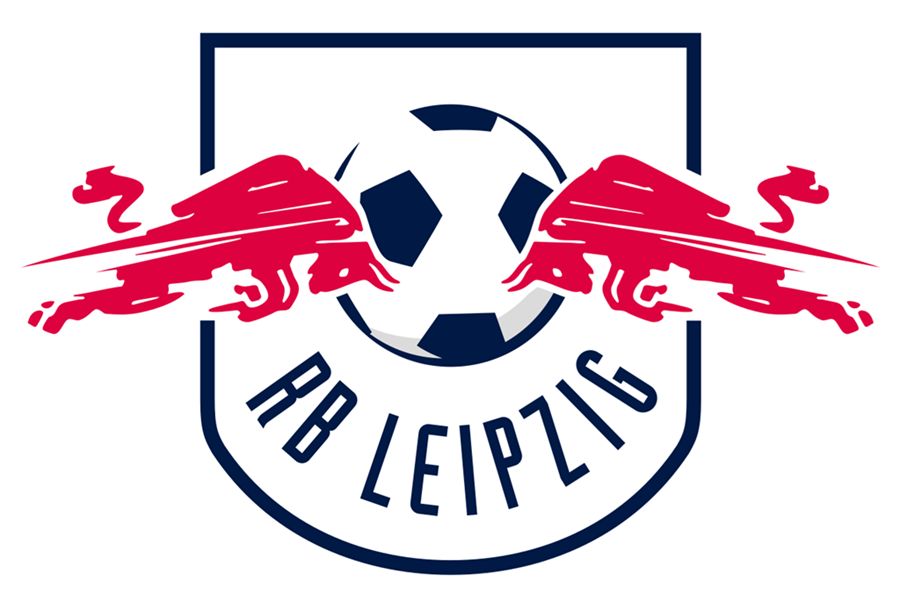
RB Leipzig‘s story started in 2009 when Red Bull purchased the license of fifth-tier SSV Markranstädt. The club climbed through German football’s ranks at remarkable speed.
The team reached the Bundesliga in 2016, just seven years after its formation. This rapid rise sparked both admiration and criticism within German football circles.
Leipzig has become a regular in European competitions. They reached the Champions League semi-finals in 2020, marking their most significant achievement so far.
The club’s modern training facilities and focus on developing young talent have made them a model for contemporary football development. Their success has changed the landscape of German football.
Team Profiles and Strategies
Both teams bring distinct tactical approaches to the pitch, with contrasting styles that make for an intriguing matchup between traditional German football and modern pressing tactics.
Cologne’s Squad Depth and Play Style
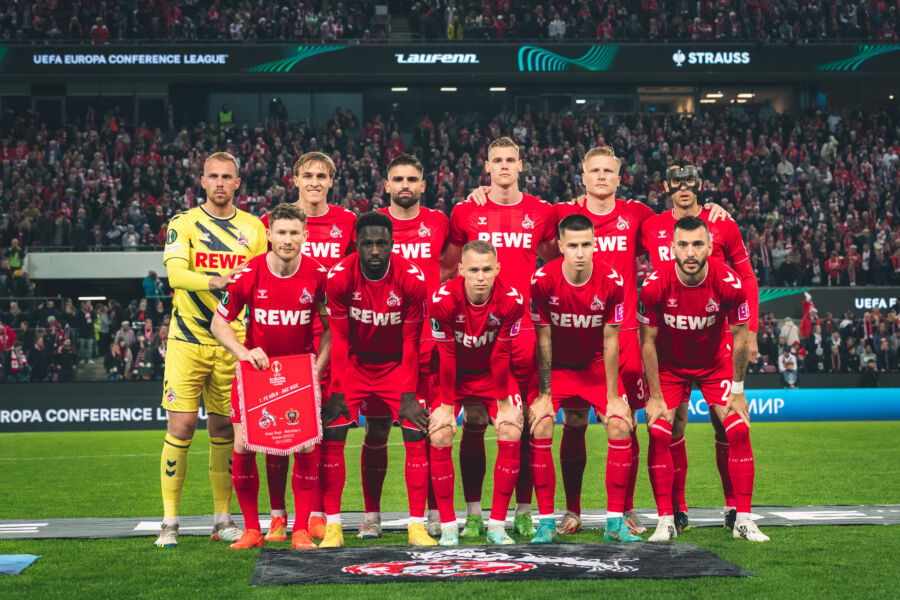
FC Köln sets up in a disciplined 4-4-2 formation with a focus on defensive stability. The team excels at creating a mid-block that frustrates opponents trying to play through the middle.
They use their box-style defensive setup to limit the influence of opposing midfielders. Adamyan plays a key role up front, working hard to pressure defenders and create chances on the counter.
The Billy Goats rely on quick transitions and set pieces to create scoring opportunities. Their wingers provide width and crossing ability, while the central midfielders stay compact to protect the backline.
Leipzig’s Tactical Approach and Key Players
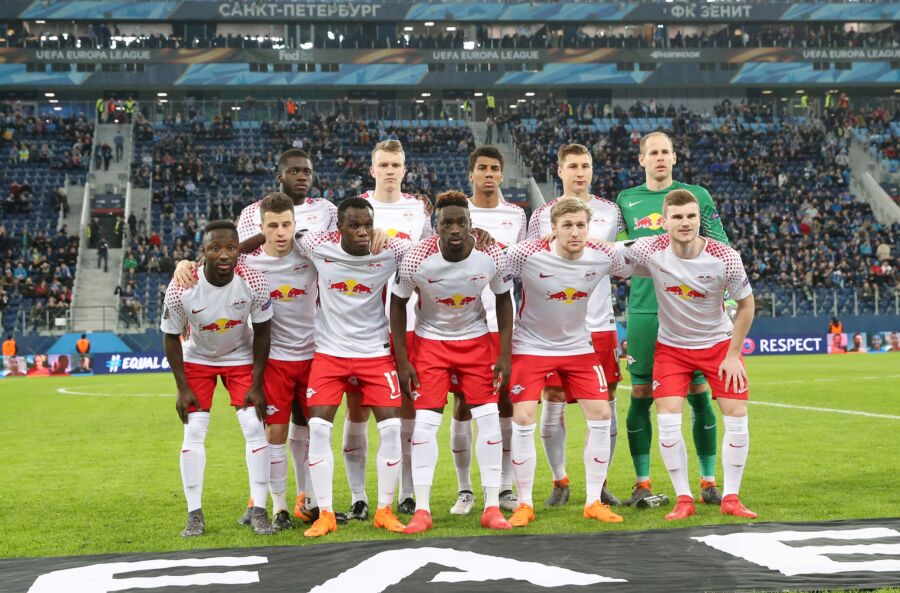
RB Leipzig employs an aggressive high-pressing system that aims to win the ball in dangerous areas. The dynamic duo of Yussuf Poulsen and Amadou Haidara brings energy and technical skill to the midfield.
Leipzig’s forward line constantly shifts positions to create confusion for defenders. Their quick, one-touch passing helps them break through tight spaces and defensive blocks.
The team’s strength lies in their ability to switch between possession-based football and rapid counter-attacks. Their fullbacks push high up the field to provide width, while central defenders are comfortable playing out from the back.
Leipzig’s bench depth allows them to maintain their intense pressing style throughout matches.
Historical Head to Head and Recent Clashes
RB Leipzig and FC Köln have built an intriguing rivalry since Leipzig’s promotion to the Bundesliga, with their matches often producing exciting encounters and closely fought battles.
Key Matchups and Rivalry
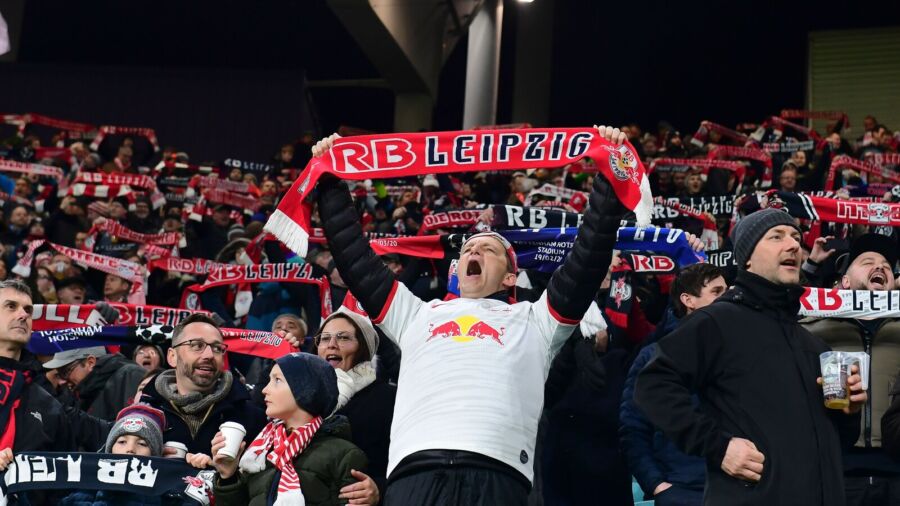
The rivalry between these clubs started when RB Leipzig entered the Bundesliga scene. Their matches have become known for tactical battles and intense atmospheres at both the Red Bull Arena and RheinEnergieStadion.
These teams have faced each other 14 times in competitive matches. Some games stand out for their dramatic finishes and crucial moments that shaped their seasons.
The home advantage has played a significant role in these encounters. Both teams have shown they can be formidable when playing in front of their supporters.
Statistical Overview and Match Outcomes
The head-to-head record strongly favors RB Leipzig. In their recent five encounters, Leipzig won 2 matches while 3 ended in draws.
Leipzig’s attacking prowess shows in the numbers:
- 1.4 goals scored per match
- 60% of games go over the expected goals
- No losses in their last 5 meetings
FC Köln has struggled to find consistency against Leipzig’s organized defense. Their best results typically come when playing at home, where the passionate crowd provides an extra boost.
The matches between these teams average 2.8 goals, making them entertaining fixtures for neutral fans.
Current Season Analysis
The contrasting fortunes of FC Köln and RB Leipzig in the 2024-25 Bundesliga season reflect their different squad qualities and tactical approaches. Both teams have shown distinct patterns in ball possession and shot conversion rates.
League Standings and Ambitions
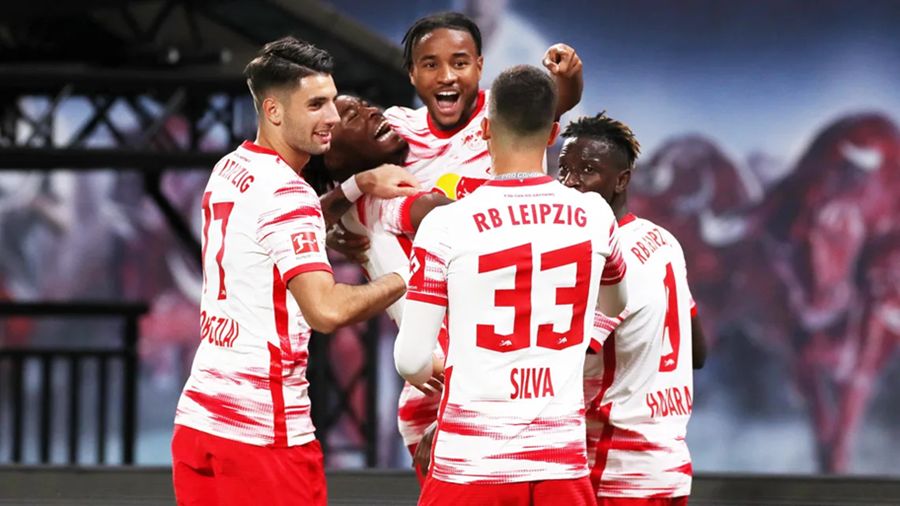
RB Leipzig sits comfortably in the top four of the Bundesliga, pushing for Champions League qualification. Their strong attacking record has helped them maintain this position, with consistent goal-scoring performances throughout the season.
FC Köln faces a tough relegation battle, struggling in the bottom three. Their biggest challenge lies in front of goal, with one of the lowest scoring records in the league. The team’s defensive organization has shown improvement, yet points remain hard to come by.
Player Performances and Impact
Leipzig’s attacking trio has been exceptional, creating numerous scoring chances through quick transitions and smart ball movement. Their midfield control has been key to maintaining over 55% possession in most matches.
Köln’s forwards have found it hard to convert chances, despite improved creativity from their midfield. The team averages less than one goal per game, highlighting their offensive struggles.
Their defensive unit has shown resilience under pressure, though they often spend long periods without the ball against stronger opponents.
Strategic Shifts and Adjustments
Leipzig’s tactical flexibility has been impressive, switching between possession-based play and quick counter-attacks. Their high-pressing system forces opponents into mistakes, leading to many scoring opportunities.
Köln has adapted their approach to focus on defensive stability first. They’ve moved to a more compact formation, trying to hit teams on the break.
Their new defensive setup has reduced the number of shots they face per game, but it hasn’t translated into enough points to climb the table.
Fans and Local Support
The fan cultures of FC Köln and RB Leipzig show striking differences in their history and development. Fan support plays a huge role in shaping the identity and atmosphere of both clubs.
Cologne’s Fan Culture and Traditions
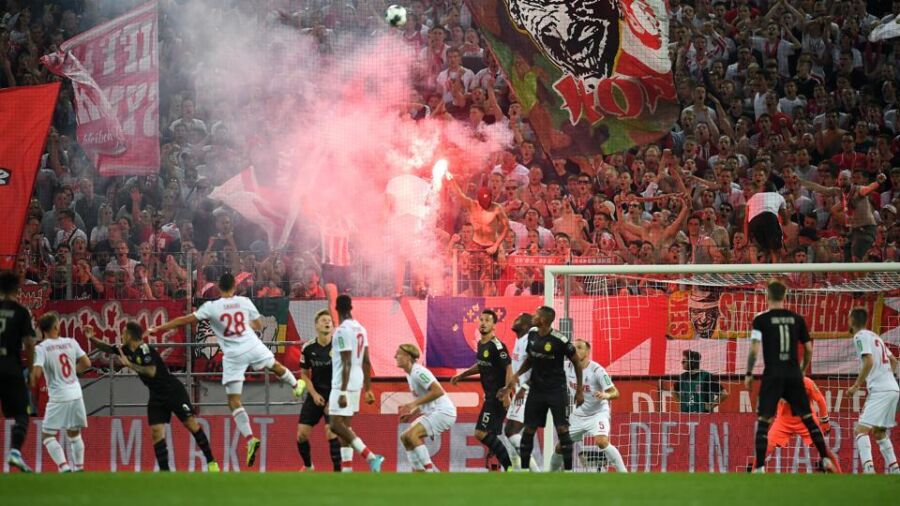
FC Köln boasts one of the most passionate fan bases in German football. Their supporters pack the RheinEnergieStadion for every home game, creating an electric atmosphere with their famous chants and choreographed displays.
The Südkurve (South Stand) serves as the heart of fan activity. Here, dedicated supporters wave flags and sing the club anthem “Mer stonn zo Dir FC Kölle” with pride before each match.
FC Köln’s mascot Hennes, a real billy goat, represents a unique tradition dating back to 1950. Named after player-turned-coach Hennes Weisweiler, the goat appears at home games and serves as a beloved symbol of the club.
Leipzig and the Challenge of Growing a Fanbase
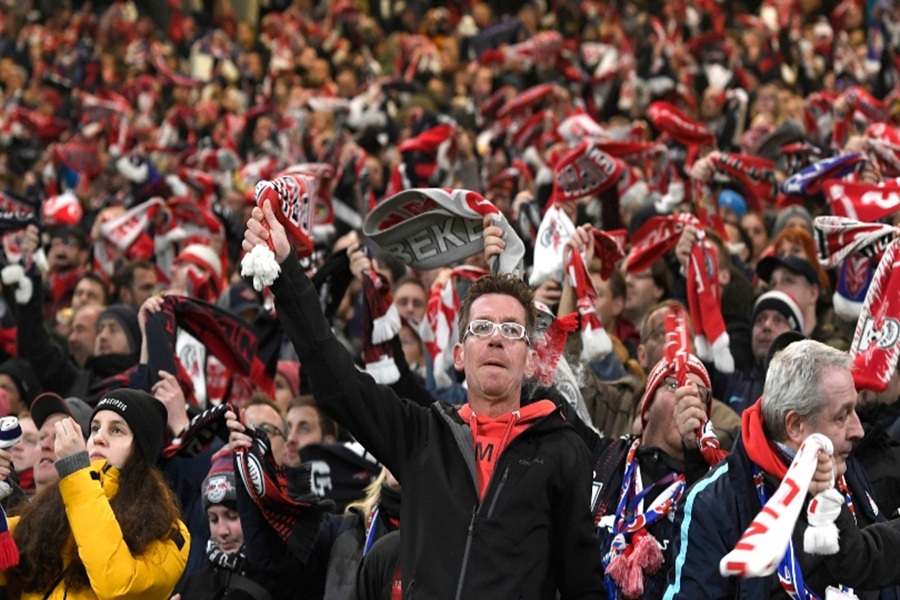
RB Leipzig faces ongoing struggles to build authentic fan connections due to their corporate origins. Founded in 2009 by Red Bull, the club works to overcome skepticism from traditional football supporters.
The Red Bull Arena draws decent crowds, but lacks the deep-rooted traditions seen at older German clubs. Leipzig focuses on attracting young fans and families through modern marketing and affordable tickets.
The club’s rapid rise through German football has earned some new supporters who appreciate their attacking style of play. Still, many opposing fans criticize Leipzig’s commercial nature and perceived lack of traditional football culture.
Media Coverage and Broadcasting
Football fans have multiple ways to watch and follow matches between Cologne and RB Leipzig through TV broadcasts, streaming platforms, and dedicated sports apps. The coverage spans traditional television networks and modern digital platforms.
Television Rights and Match Streaming
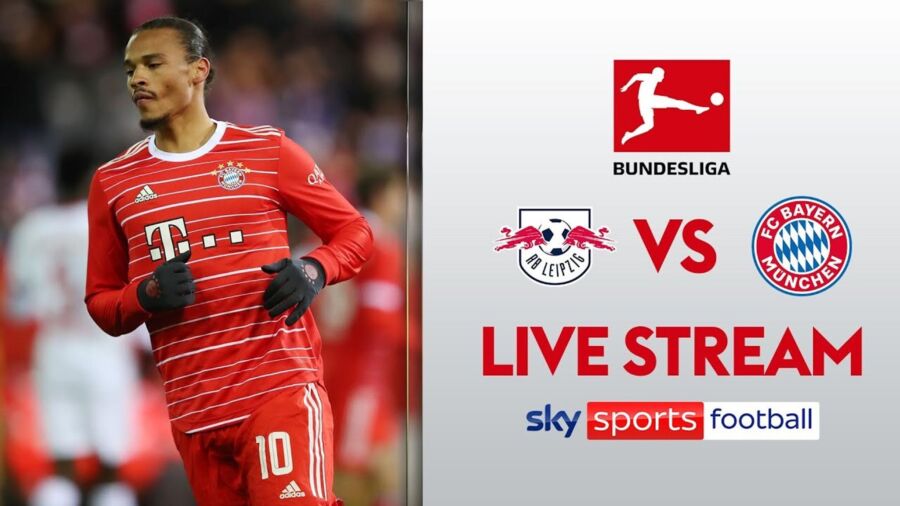
Live broadcasts of Cologne vs Leipzig matches are available on major German sports networks. Sky Sports Germany holds primary broadcasting rights for Bundesliga matches in Germany. International viewers can access the games through their regional rights holders.
Several streaming platforms offer match coverage for those who prefer digital viewing. The official Bundesliga website provides match statistics and live updates during games.
The Sofascore app lets fans track live scores, match stats, and lineups on mobile devices. RheinEnergieStadion matches start at specific times based on TV scheduling – like the upcoming March 15, 2024 game at 19:30 UTC.
Press Reporting and Coverage Analysis
Sports journalists provide in-depth analysis before and after matches. Match reports focus on key plays, tactical choices, and player performances.
German media outlets give extra attention when these teams meet due to their contrasting styles. Leipzig’s attacking prowess often gets highlighted against Cologne’s defensive approach.
Recent coverage has noted the scoring differences between teams – Cologne ranks among the lowest scoring teams with 19 goals while Leipzig maintains one of the league’s best defenses.
Local newspapers in both cities offer unique perspectives on team preparations and post-match reactions. Press conferences with managers and players provide additional insights for media coverage.
Economic Impact and Sponsorship
The economic landscape between FC Köln and RB Leipzig shows significant differences in financial resources and sponsorship approaches. Both clubs have developed unique strategies to generate revenue and secure valuable partnerships in the competitive Bundesliga market.
Club Revenues and Financial Health
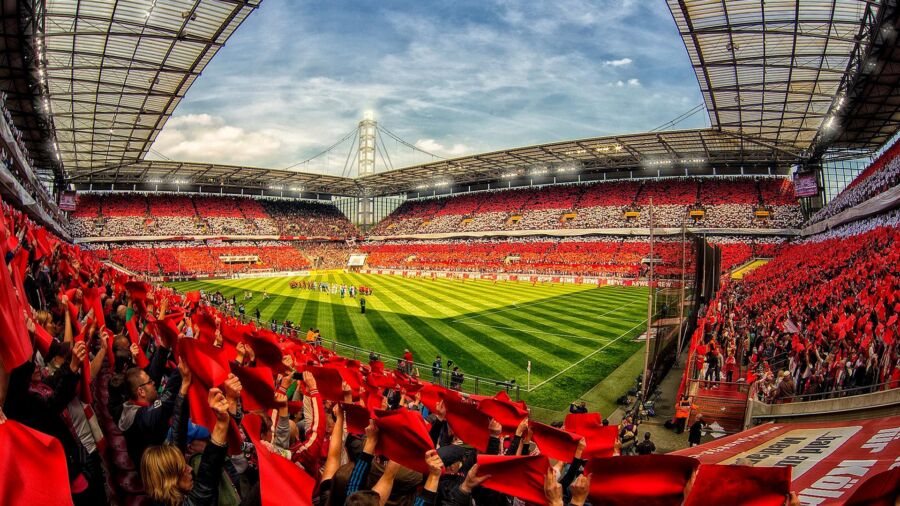
RB Leipzig maintains a strong financial position thanks to substantial backing from Red Bull GmbH. The club’s revenue streams include match-day income, broadcasting rights, and merchandise sales. Their modern Red Bull Arena attracts consistent crowds, boosting ticket revenues.
FC Köln operates with more modest financial means. The club relies heavily on traditional revenue sources like ticket sales at the RheinEnergieStadion and merchandise revenue from their passionate fan base. They’ve worked to increase commercial partnerships to strengthen their financial position.
Sponsorship Deals and Partner Relations
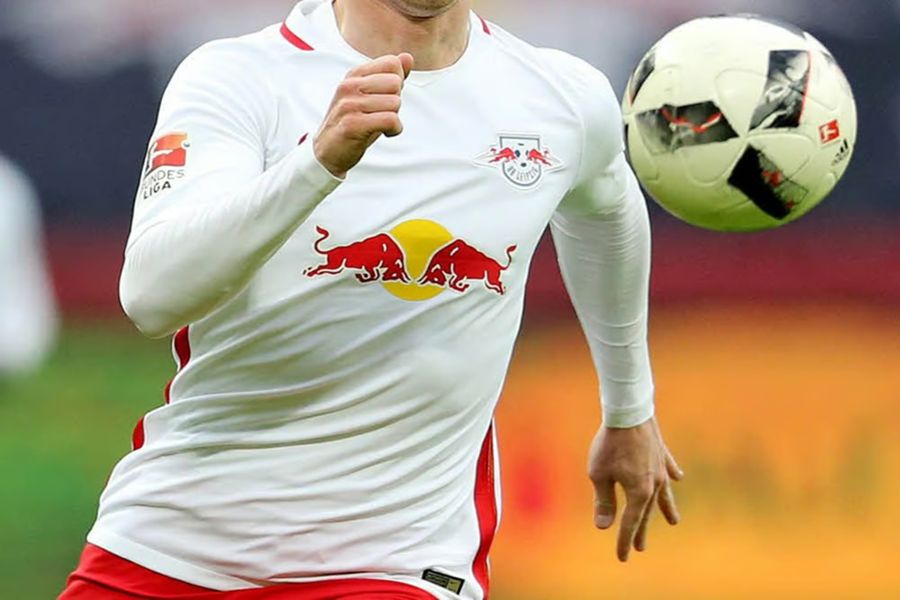
RB Leipzig’s primary sponsor Red Bull provides significant financial support and marketing expertise. The club has attracted several high-profile partners drawn to their consistent Champions League appearances and modern brand image.
FC Köln maintains strong ties with regional sponsors, including their stadium naming rights partner RheinEnergie. Their betting partnerships and local business connections reflect deep roots in the Cologne business community.
The club’s iconic goat mascot Hennes helps attract family-friendly sponsors and creates unique marketing opportunities. Local companies value FC Köln’s authentic connection to the city’s culture and traditions.
Stadiums and Training Facilities
Both teams play in modern stadiums that offer first-class facilities and unique advantages for their home matches. The venues reflect each club’s distinct character and approach to football.
1. FC Köln’s Home Ground Advantages
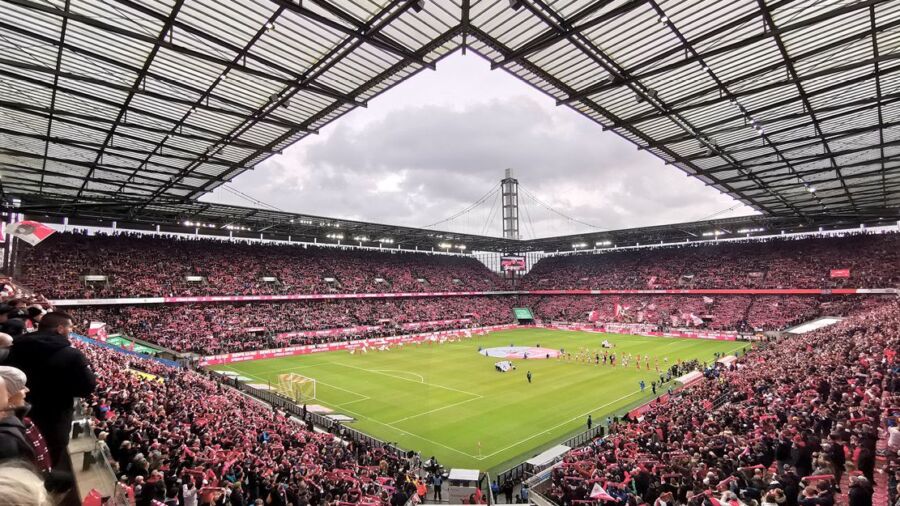
The RheinEnergieSTADION serves as FC Köln’s impressive home ground. This state-of-the-art stadium seats 49,000 fans and creates an electric atmosphere during matches.
Built in 2003, it replaced the old Müngersdorf Stadium at the same location. The venue has hosted several major tournaments, including matches during UEFA Euro 1988 and the 2006 FIFA World Cup.
The stadium’s design puts fans close to the action, making it intimidating for visiting teams. Its modern facilities include premium seating areas and excellent sight lines from every section.
RB Leipzig’s Modern Sports Complex
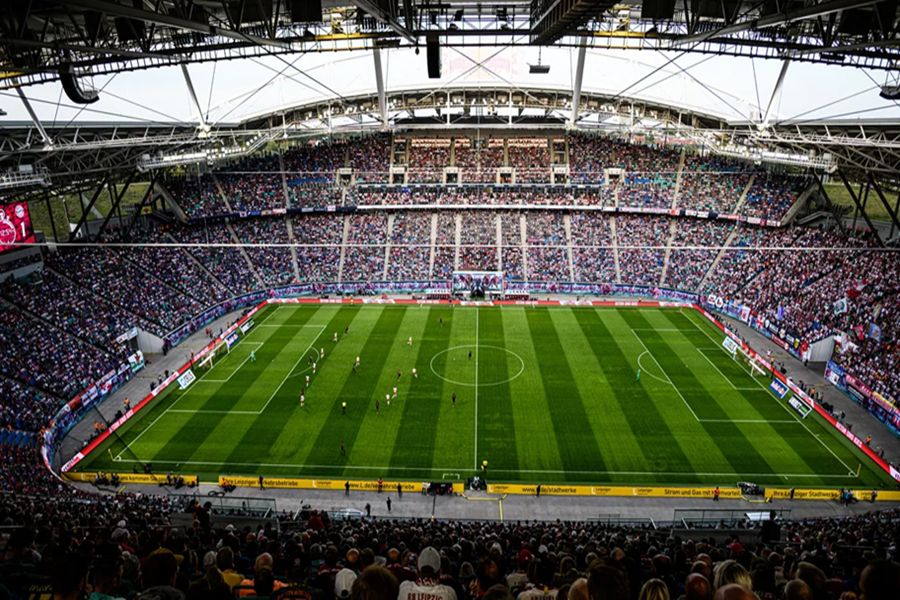
RB Leipzig’s training center stands out as one of Germany’s most advanced football facilities. The complex features cutting-edge equipment and specialized training areas.
Players benefit from custom-designed practice fields and a high-tech performance center. The facility includes a special sprinting hill and practice walls to help players improve specific skills.
The training ground’s layout allows for efficient movement between different practice areas. Coaches can work with players in multiple specialized zones during single training sessions.
Frequently Asked Questions
Both Cologne and Leipzig offer rich experiences through historic landmarks, diverse food scenes, seasonal festivals, and green spaces. Each city has unique ways to explore its cultural heritage and modern attractions.
What historic attractions should one explore when visiting Cologne and Leipzig?
The Cologne Cathedral stands as Germany’s most visited landmark with its Gothic spires and medieval architecture. Visitors can climb 533 steps to reach the bell tower for city views.
Meanwhile, the Bach Museum in Leipzig connects visitors to the famous composer’s life and work. The St. Thomas Church, where Bach worked as cantor, still hosts regular choir performances.
Can you highlight the culinary differences travelers might find between Cologne and Leipzig?
Book food tours to taste Cologne’s signature Kölsch beer, served in traditional brewhouses alongside hearty Rhine Valley cuisine. The city specializes in Himmel un Äd, a dish of black pudding with mashed potatoes and apple sauce.
On the other hand, Leipzig’s food scene features Saxon specialties like Leipziger Allerlei, a vegetable dish with crayfish. The historic coffee houses serve local pastries and the famous Leipziger Lerche.
What are the best times of year to attend sporting events in Cologne and Leipzig?
The Bundesliga season runs from August to May, offering chances to watch FC Köln at RheinEnergieStadion. The atmosphere peaks during derby matches against regional rivals.
Meanwhile, RB Leipzig’s home games at Red Bull Arena draw big crowds from September through spring. The team often competes in European tournaments, adding international matches to the calendar.
Could you guide on the public transportation nuances when getting around in Cologne versus Leipzig?
Cologne’s KVB network uses color-coded lines for easy navigation. The tram system connects major attractions and runs late on weekends.
On the other hand, Leipzig offers the MDV transport network with trams, buses, and S-Bahn trains. The compact city center makes walking between sites simple and enjoyable.
In terms of local festivals and cultural events, how do Cologne and Leipzig compare?
Find local events during Cologne Carnival in February, the largest festival in Germany. The city transforms with parades, costumes, and street parties.
Meanwhile, Leipzig’s Wave Gotik Treffen festival brings gothic culture fans each spring. The Bach Festival in June celebrates classical music with performances across historic venues.
Flora Botanical Garden in Cologne displays rare plants in Victorian greenhouses. The Rhine Gardens provide peaceful riverside walks away from tourist crowds.
Leipzig’s Riverside Forest forms one of Europe’s largest urban woodlands. Clara Zetkin Park offers boat rentals and summer concerts on its sprawling lawns.
